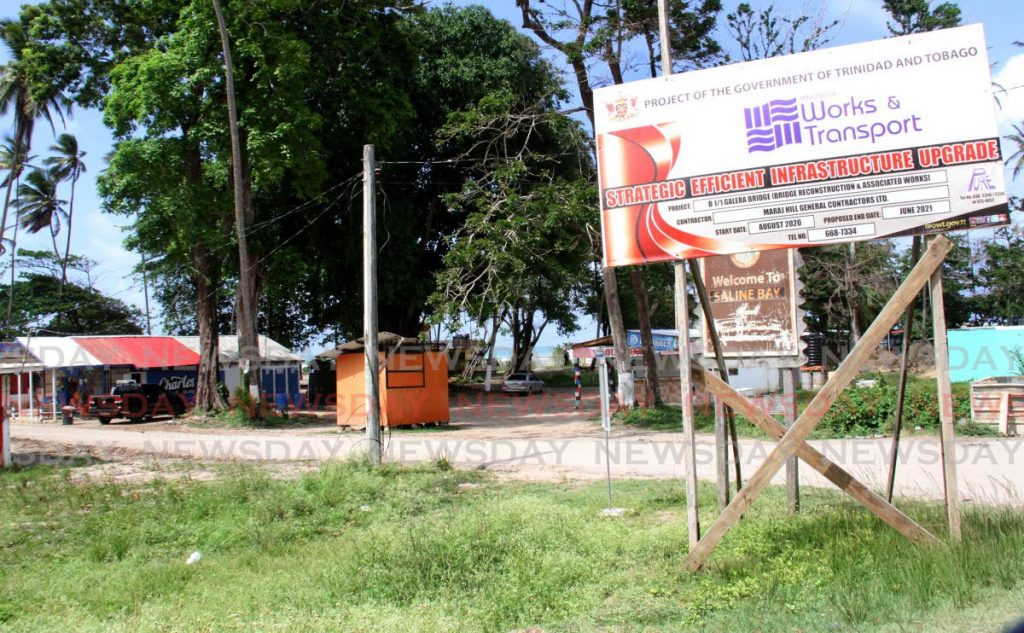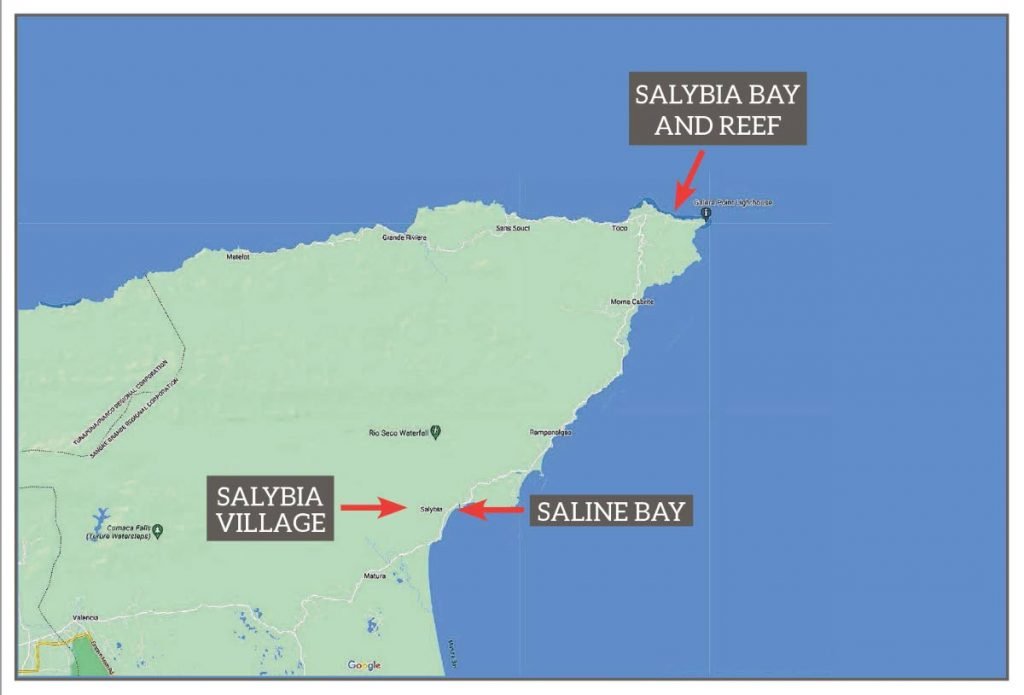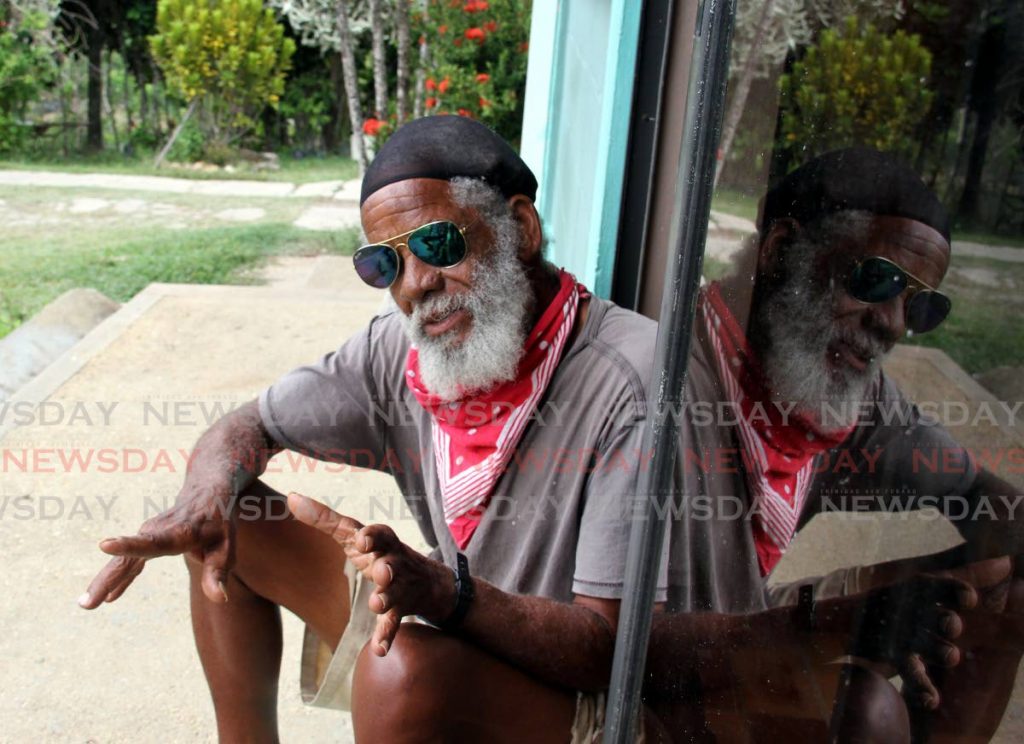A tale of two Salybias

Do you know the difference between Salybia and “Sally Bay?”
The two spots in northeast Trinidad have been confused with each other for years; their names are so similar, the two places have become interchangeable in some people's mind.
That's why when some “town people” boast about going to “Sally Bay” the first response may be: “Which one, Sally Bay or Salybia?”
Despite their similarity in name, the places differ, not only in location, but in the culture and practices of residents. But they share the same need for development, infrastructure and opportunities for a new generation of villagers.
Sally Bay is the one by the beach, right?
Salybia Village is on the coast of Saline Bay, south of Rampanalgas and northeast of Sangre Grande. Salybia, according to the Central Statistical Office, is home to 246 people.
Just north of Salybia is the Matura Forest, and a mile and a half south is Saline Bay, which people call Sally Bay.
But Salybia Beach, in Toco, is not far from the Galera Point lighthouse, about 24 kilometres north of Salybia Village. It's crowned by one of TT’s larger coral reefs, the Salybia Reef, which covers about 4.5 kilometres of the northeastern shoreline and stretches from Toco to Galera Point.
Salybia Bay was also referred to as Salibea or Saline Bay in early documents; most did not identify Salybia Village.

In his 1969 History of Place-Names, author CR Ottley identified the Salybia Beach as “Salibia” or “Salibea,” but was careful to say it was just off Toco. The name, wrote Ottley, meant “the crossing” and was given to the area by the First Peoples, who had a good pitch oil trade by canoe between tribes in Tobago and those in the settlement.
Up to today, the confusion persists, even at high levels. When Business Day visited Toco, the signs on the beach said “Welcome to Saline Bay.”
Living off the land and sea
Everett King, a 79-year-old resident of Toco, said he spent his life between the two Salybias. In a conversation with Business Day, King said while both areas were considered fishing villages, in Salybia the people would live off the land, and in Toco, the people would live off the ocean.
“(In Salybia) they fish and do a lot of hunting down there. Down in Salybia village is an area where plenty lumber comes from.”
King recalled when he was in his 30s, he once had to go into the Matura forest to collect lumber for sawmills.
“I really enjoyed it. I was sitting on top of logs at the back of a big truck and we were going down the road. It was real excitement.”
The lumber industry was only part of the village's use of the land. A lot of farming was done: the east coast was where bananas and other fruits were grown for export. Additionally, the people were well known for hunting in the forest.

King said hunting is still done but youths are less interested in living off the land.
In contrast, at Salybia Bay, Toco, “When the tide was low on a new moon, it was a beauty to walk out there,” King said. “You could go out there with your harpoon and you are only holding fish.
“You could have gone out there and cut sea moss too. If you don’t want to do that, you could go out into the water and hold conchs and turtles – not the leatherbacks, but other turtles.”
He recalled going to Galera Point with a net and catching sardines and other small fish off the rocks. Then he would use those fish for bait to catch bigger fish, like carite or grouper.
“I don’t know if these youths today do it, but in my day we used to live off the ocean.”
In both areas the people are close-knit, Business Day was told. However in the 80s Toco was known as an area that outsiders, especially more elite people, would frequent. The rough waters were ideal for surfing, and people would go there to relax, especially on weekends.
Locals would take advantage of the influx of visitors, selling several goods including fish, fruits, knick-knacks and other items.
Now fishermen in Toco and Salybia, like most fishermen in the country, are clamouring for secure locations for their boats and better infrastructure.
“People come into the shed to steal, and you can’t even stay in the shed to protect your engine and them,” said Vikash and Anish Poyah, two Salybia fishermen. “If you stay in the shed, you would get chased.”
They said they both have to take their engines and other valuables and store them elsewhere to ensure they are protected.
Dale Joseph, a Toco villager, said the tide causes damage to boats at the Toco fishing depot, so some had to move to the beach.
“People complain about the fishermen anchoring on the beach but a boat is not $2, so when the tide gets bad and their boats are destroyed, do you know how long it would take to get back your own belongings?”
Villagers: we need development
Both areas need development.
“We have to get more development here,” one of the Poyahs said. “The whole place mashing up. The savannah we have here, the lights don’t even come on. The fishing depot: they said they repaired it in 2012, but since then the lights don’t come on either.”
Residents in both areas called for development and job opportunities.
“The place needs something for youths coming up. This place is not just about fishing, there is land to develop, youths could be encouraged in construction, there needs to be places in the area for youths to learn trades.”

In Salybia Village residents called for government to take advantage of the natural resources, to encourage more eco-tourism.
“There was talk about fixing the beach, and they never did anything about it,” said Godson O’Neil, who has lived in the area for the past 15 years. “We have a waterfall, people used to come here and camp right on the beach. Hundreds of people used to come here to camp. Now the places are more forested than anything else.”
In 2019 the sod was turned for a Valencia-to-Toco highway project which Minister of Transport Rohan Sinanan said will culminate in the construction of a Toco port. The port and the road are expected not only to open easier routes to Tobago, but also to give better access to the villages along the road.
In August last year, Sinanan promised the road would be completed by 2022.


Comments
"A tale of two Salybias"